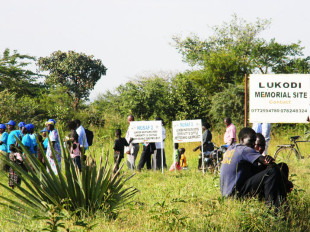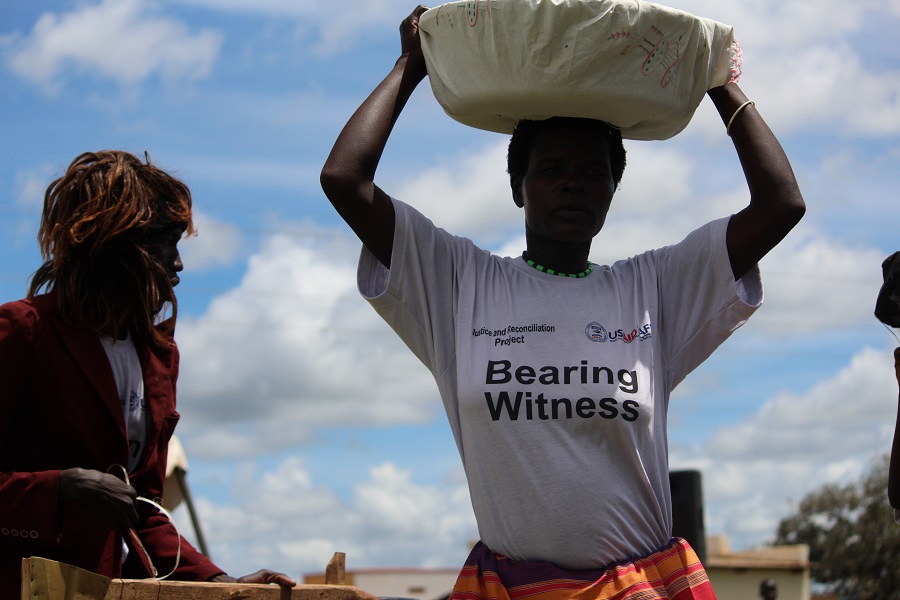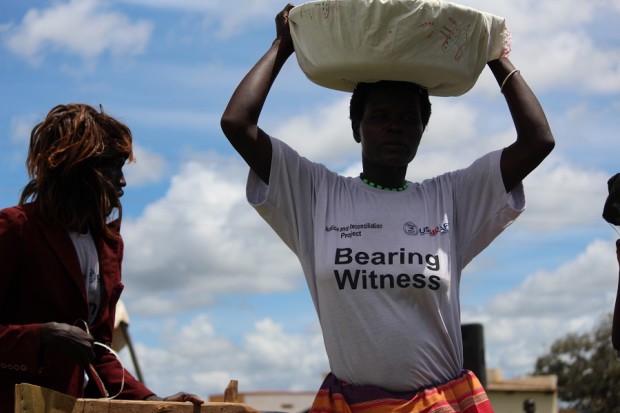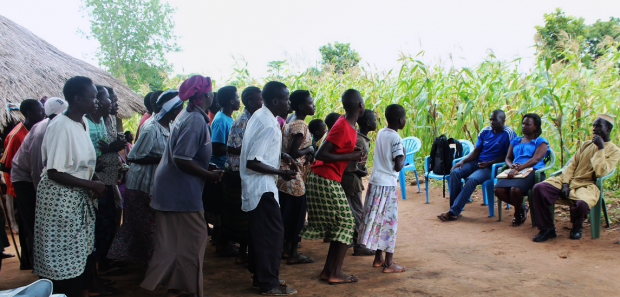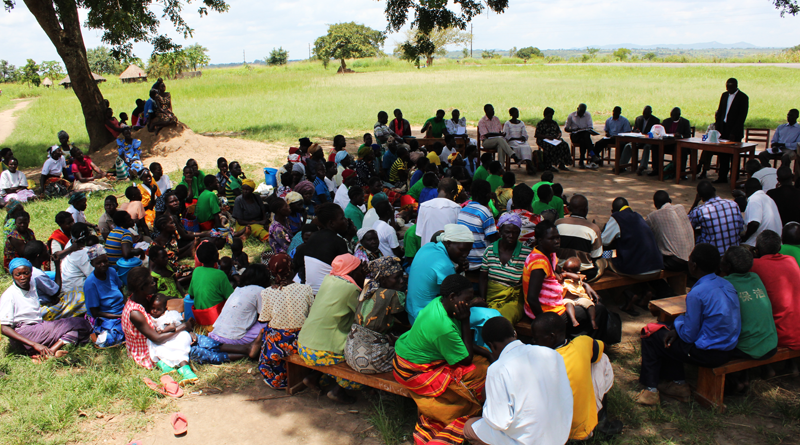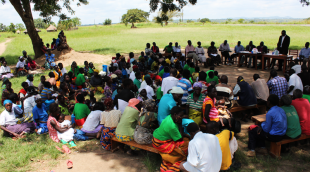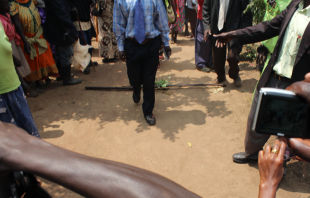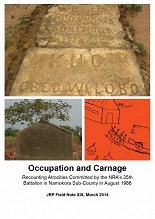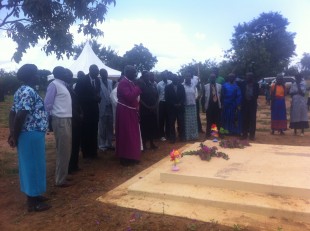
In early March this year, the JRP team visited the villages of Lukodi and Coorom to find out what community members there think about former LRA commander Dominic Ongwen and his case at the International Criminal Court. Because people in Lukodi have been wrangling with the after-effects of an LRA massacre that killed between 40 and 60, people there call out openly for solutions to the challenges they face. In addition to being victims of the attack, many there lost property, family and numerous opportunities to improve their lives. For Lukodi, justice means compensation and government accountability.
People in Coorom in Amuru district were more wary about speaking with strangers. Coorom is the village from which Dominic Ongwen hails and because its most famous son is someone that was indicted by the ICC for seven counts of war crimes and crimes against humanity, people there are afraid that their association with Ongwen may lead to revenge attacks by other communities or government forces. Justice for Coorom means protection, a fair hearing for Ongwen and support for the many children that have been orphaned by the war.
Before visiting these communities we were aware of the conflicting views that people in northern Uganda, and in particular in Acholi, have towards Ongwen. Acholi religious leaders argue that Ongwen’s status as someone that was abducted as a child and ostensibly forced to commit the crimes he is accused of make him a victim of the war rather than a perpetrator. The other view that is held is that holding Ongwen accountable is an important step in addressing impunity for international crimes. These two sets of views were also reflected in the communities we spoke with. Survivors of the Lukodi massacre want Ongwen to be tried and convicted so that they can receive compensation for their losses, regardless of how young he was when he was abducted. People in Coorom, on the other hand, were adamant that Ongwen should not be the person tried at the ICC. Instead, government forces and the commanders that abducted him should be held accountable for what happened during the LRA conflict.
Despite these differences, the two communities shared a similarity in one key area: the importance of traditional justice and reconciliation. People in both communities don’t see a possible trial of Ongwen as an end to addressing the war. Rather, Acholi traditional ceremonies that emphasise reconciliation, such as mato oput and gomo tong, were spoken of as lasting solutions and as just as important as formal court processes. Both communities also spoke of the need to reconcile with other communities, with Lukodi proposing a dialogue between community leaders there and with elders from Coorom, to sort out any differences that may arise from the ICC case. Similarly, in Coorom people call for reconciliation between their community and other places that suffered during the war. Ultimately, for both these communities justice means more than the ICC.
Read JRP’s situational brief ‘Community Perceptions on Dominic Ongwen’ here.

